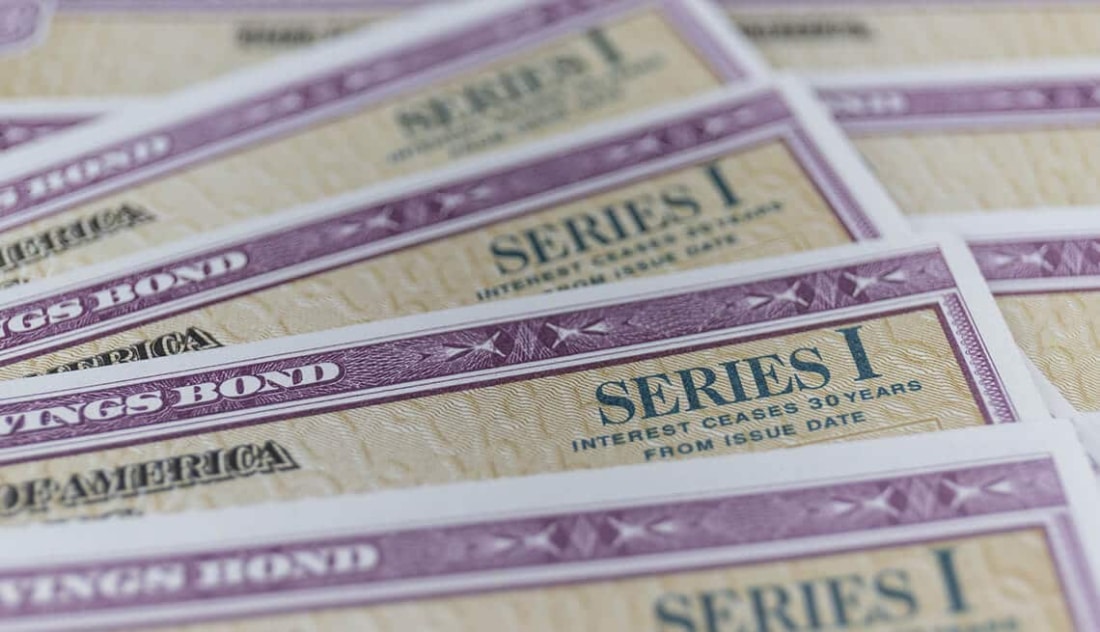As you may know, cold exposure – also known as cold thermogenesis – has numerous benefits, from muscle recovery and fat loss to mental health, mood enhancement, insulin resistance, and immune function.
There’s no better time to explore (and embrace) cold therapy then when nature turns down the thermostat.
The discomfort of the cold is central to many of the benefits that are derived from it – doing hard sh*t makes us more resilient! It also allows us to train our brain and body for the hard things we inevitably must face in life.
Below are some tips and a breathwork exercise to help you start to become more comfortable during deliberate cold exposure.
Tips for Cold Exposure:
- Water temperatures at or below 59°F showed clinical benefits/improvements.
- Meet the cold with a relaxed, calm, mind and body
- Do a breathwork to calm your nervous system (see example below).
- Start with switching between cold and hot water during your shower. 15 seconds cold and 15 seconds hot. Increase the time of cold exposure as you progress. Repeat this 5x or for a few minutes.
- Try to expose your head and back of the neck at times. The back of the neck is where the vagus nerve connects to the brain.
- Try to incorporate cold exposure post-workout as it helps make the cold more tolerable. Your body also becomes more relaxed/tired after a workout, limiting the fight or flight response.
Pre-Cold Exposure Breathwork:
You can use this breathing exercise as priming before you cold plunge, and during to regulate your “fight or flight” response. The 4-7-8 breathing is a great way to calm your nervous system, release tension and calm your mind:
- 4-7-8 Priming/ 2-3 min
Breathe in deep through your nose for 4 seconds. Hold your breath for 7 seconds. Exhale through your mouth for 8 seconds - 2-3 rounds of 10 nostril breaths followed by a long active exhalation. Your exhale should make a “huuuuh” sound. Hold your breath at the end of each set as long as you can. Please do not pass out – be aware of your limits!
H/T to The Wisemen Project for summarizing the many benefits of cold exposure.
Reminder: Gents – the inaugural Wisemen Experience men’s health retreat still has room available. Consider joining if interested in applying ancient/science-based wellness modalities to improve your life as a partner, parent, professional… and beyond.



